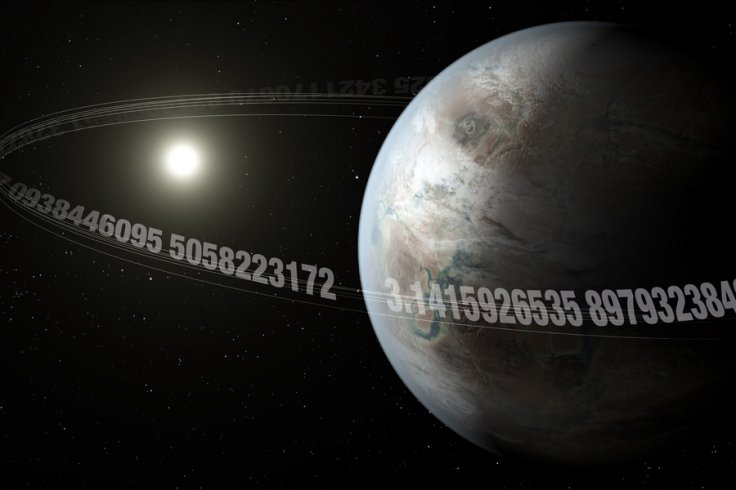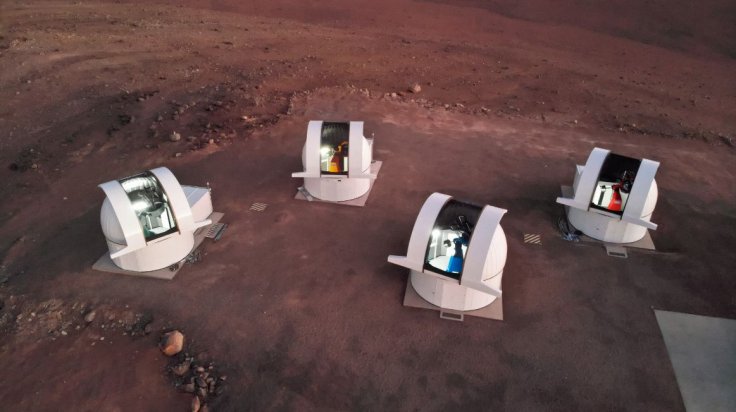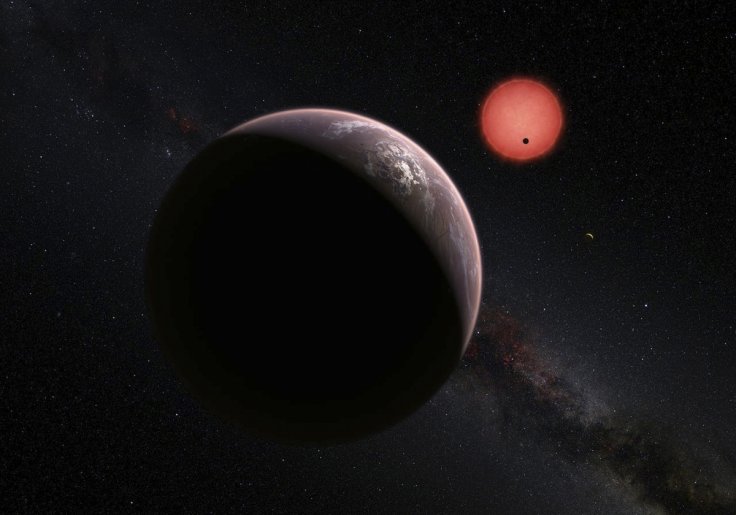In a rather amusing convergence of mathematics and astronomy, scientists have discovered a new planet that they fondly are addressing as a "pi Earth". It is being called so because the Earth-sized planet, coincidentally, completes an orbit around its star in 3.14 days—numerically equivalent to the mathematical constant 'π' or 'pi'.
The astronomers identified the signals of the planet from data gathered in 2017 by NASA's Kepler Space Telescope's K2 mission. Using a network of ground-based telescopes called SPECULOOS, the confirmed earlier this year that signals were indeed from the planet—officially labeled as K2-315b—that orbits its star within a pi-like duration of every 3.14 days.
Pointing towards the much-required humor that the name and the discovery of the planet itself illicit during a pandemic ridden year, Julien de Wit, co-author of the study, said in a statement, "Everyone needs a bit of fun these days."

Too 'Hot' To Habitate
The 'pi planet' is the 315th planetary system identified within the data from the K2 mission. According to the authors, the planet's estimated radius is 0.95 times that of Earth. Also, the orbits its star at a mind-boggling velocity of around 181,000 miles per hour or 81 kilometers per second. The star itself is nearly one-fifth the size of our sun and is of low mass.
Much like Earth, the planet is suspected to be terrestrial. However, its mass remains unascertained as of now. And any hopes of habiting the K2-315b are expected to be crushed as the distance at which it orbits from its star is sufficient to heat it up to pie baking temperatures of 350 degrees Fahrenheit or 450 kelvins.
"This would be too hot to be habitable in the common understanding of the phrase," joked Prajwal Niraula, lead author of the study. He added that the planet could serve as an ideal candidate for the investigation of atmospheric characteristics. De Wit added, "We now know we can mine and extract planets from archival data, and hopefully there will be no planets left behind, especially these really important ones that have a high impact."

Planets Circling 'Ultracool Dwarfs'
SPECULOOS stands for The Search for habitable Planets EClipsing ULtra-cOOl Stars. The four-telescope network is situated in Chile's Atacama Desert and surveys through the southern hemisphere skies. Recently, a fifth telescope named 'Artemis' was added to the network to screen the skies of the northern hemisphere.
The SPECULOOS telescopes are built to detect Earth-like planets in the vicinity of ultracool dwarfs—dim stars of small size—whose lack of glare provides a better chance of finding planets orbiting it. "These ultracool dwarfs are scattered all across the sky," said co-author Artem Burdanov. "Targeted ground-based surveys like SPECULOOS are helpful because we can look at these ultracool dwarfs one by one."
Finding the 'Pie'
Over the course of 2017, the Kepler telescope examined a portion of the sky that also included EPIC 249631677—a cool dwarf in the K2 data. As Niraula sieved through the data during this period, he found nearly 20 dips in the light of the star which recurred every 3.14 days. Through a series the testing of a series of astrophysical scenarios for the origin of the dip, the scientists established that signals were probably that of a planet in transit. Next, the astronomers used SPECULOOS to take a closer look at the planet and the planet circling it.

The researchers then planned to get a closer look at the star and its orbiting planet with SPECULOOS. But first, they had to identify a window of time when they would be sure to catch a transit. Using an algorithm developed by Benjamin Rackham, co-author of the study, calculated the window of transit.
"Nailing down the best night to follow up from the ground is a little bit tricky," said Rackham. "Even when you see this 3.14 day signal in the K2 data, there's an uncertainty to that, which adds up with every orbit."
An Ideal Candidate for Atmospheric Analysis
Using the algorithm, the team zeroed in on numerous nights in February 2020 hoping to catch a glimpse of the planet. They focused SPECULOOS' telescopes in the direction of the star and spotted three distinct transits—two from the Southern Hemisphere telescopes, and one in the Northern Hemisphere from Artemis.

According to the authors, K2-315b is a potential candidate for the study of the details of its atmosphere using the James Webb Space Telescope (JWST). Currently, the scientists are peering through other datasets such as the TESS mission. They are also looking at the skies for signs of Earth-like planets using Artemis and other telescopes in the SPECULOOS network,
"There will be more interesting planets in the future, just in time for JWST, a telescope designed to probe the atmosphere of these alien worlds. With better algorithms, hopefully one day, we can look for smaller planets, even as small as Mars," concluded Niraula.









